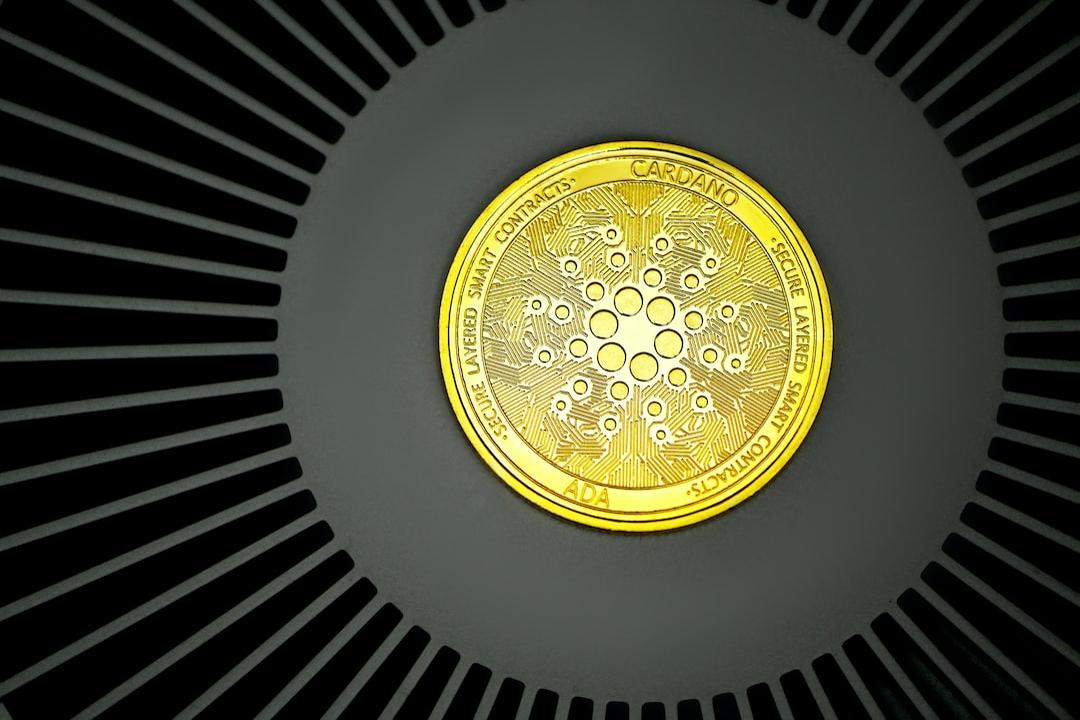Market analyst Weston Nakamura has labeled the 40-year Japanese Government Bond (JGB) market as the “most dangerous market in the world.
Cross-Asset Contagion
While many global investors and financial journalists may overlook it, the 40-year Japanese Government Bond (JGB) market is, according to market analyst Weston Nakamura, the “most dangerous market in the world.” Nakamura argues that its sheer size combined with widespread investor ignorance creates a volatile cocktail capable of triggering global financial contagion.
Nakamura highlights a telling clip from Bloomberg where veteran anchor Guy Johnson admits to never having watched the 40-year JGB. This very “blind spot,” Nakamura asserts, is what makes the JGB complex so perilous. A market large enough to influence global macro prices, yet ignored by the majority, possesses the power to erupt without warning, dragging other asset classes down with it.
One of the key traits identified by Nakamura that renders the JGB dangerous is its apparent mispricing. JGB yields continue to trail U.S. Treasuries despite Japan’s staggering 250% debt-to-GDP ratio. Furthermore, Nakamura points to movements in the 30-year and 40-year JGBs that are now observed to lead the long end of the U.S. Treasury curve, demonstrating a direct link to global bond markets.
Another critical factor highlighted is the limited attention paid to the Japanese bond market, which underscores its inherent danger due to widespread complacency and ignorance among investors outside of Tokyo.
Meanwhile, Nakamura asserts the current precarious state of the JGB market is largely a consequence of the Bank of Japan’s (BOJ) decade-long “Quantitative and Qualitative Easing” (QQE) and Yield Curve Control (YCC) policies. These measures aggressively suppressed term premia, pushing Japanese insurers and banks into ever-longer bonds. At one point, the BOJ even owned 100% of some on-the-run issues, effectively nationalizing segments of the bond market.
growjs zone placement MPdnw9B-tTr39Mr-vtbr5r8-uEfsGu9
if (!window.GrowJs) { (function () { var s = document.createElement(‘script’); s.async = true; s.type = ‘text/javascript’; s.src = ‘https://bitcoinads.growadvertising.com/adserve/app’; var n = document.getElementsByTagName(“script”)[0]; n.parentNode.insertBefore(s, n); }()); }
var GrowJs = GrowJs || {}; GrowJs.ads = GrowJs.ads || []; GrowJs.ads.push({ node: document.currentScript.parentElement, handler: function (node) { var banner = GrowJs.createBanner(node, ‘MPdnw9B-tTr39Mr-vtbr5r8-uEfsGu9’, [300, 250], null, []); GrowJs.showBanner(banner.index); } });end of growjs zone placement
Japanese Monetary Policy Influences US Markets
According to the analyst, the Japanese central bank’s decision to begin reducing purchases in July 2024 was not driven by a desire to tighten monetary conditions due to inflation. Instead, it was a desperate attempt to address the breakdown of liquidity in the cash market. This “tapering due to dysfunction,” Nakamura asserts, highlights the severity of the market’s structural issues.
Despite its relative obscurity, the JGB market’s instability is already being felt globally. The correlation between 30-year JGB and 30-year U.S. Treasury yields has dramatically tightened. Every “lurch” in Tokyo’s afternoon trading session, Nakamura asserts, now echoes in New York’s morning.
When JGB 30s spiked through 3%, the UST 30-year tagged the 5% handle for the first time since November 2024, despite benign domestic U.S. data. This illustrates Nakamura’s crucial point: investors who solely focus on Washington risk missing the true driver of long-term rates, sitting 6,700 miles away in Tokyo.
Nakamura, however, refutes the notion of an outright Japanese default, at least for now. Since the debt is denominated in yen and the BOJ possesses the power to create yen indefinitely, missed coupons are highly improbable. For Nakamura, the real and immediate threat is market malfunction.
Market moves in the U.S. are increasingly tied to Japan’s monetary policies, making it risky to trade USTs without closely watching JGBs. Liquidity can disappear swiftly due to policy shifts, with headlines from Tokyo influencing global futures markets before breakfast. As the BOJ considers tightening or easing its stance, volatility has become the norm across rate-sensitive assets. Investors are urged to distinguish between currency signals and credit conditions, using the yen and swap spreads as key indicators of broader financial stress.
With Japan’s fiscal engine still running hot, the BOJ’s exit strategy uncertain, and global investors rediscovering the importance of price when the buyer of last resort steps away, JGBs have become the world’s most important — and most dangerous — pressure point. “Ignore them at your peril,” Nakamura stated.






